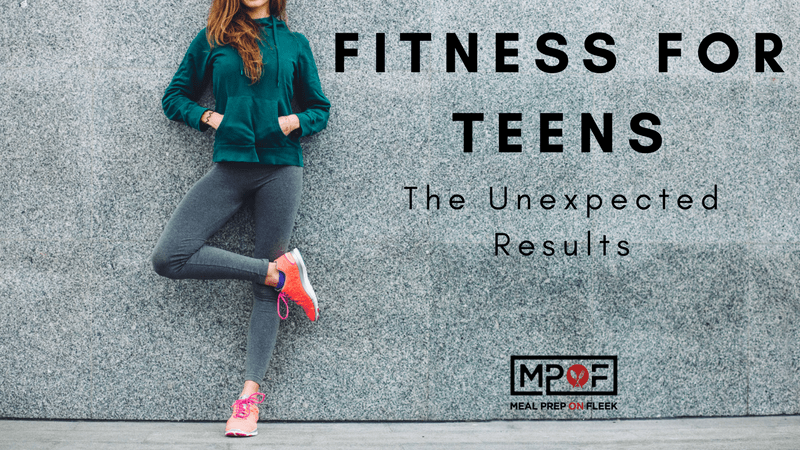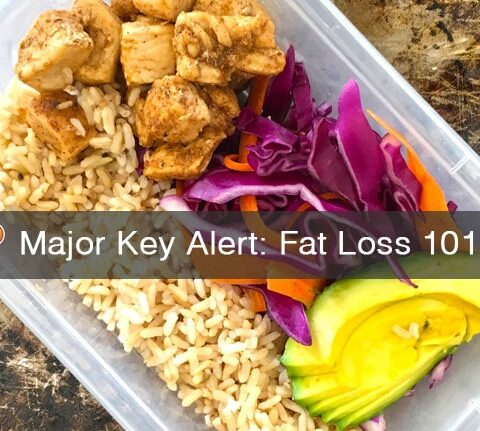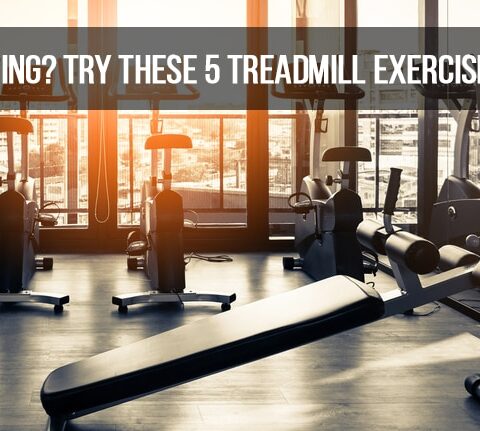Fitness For Teens: 101
The health and fitness world is chock-full of information for people of all ages. Yet, a lot of that information can be contradictory, confusing, or just plain wrong. (Truth #1: You don’t need a six-pack to be happy. Truth #2: You don’t need to slog away on an elliptical every day to get in shape.)
We’re here to explain why exercise and fitness are important for teenagers, and how what you do to stay healthy can take on many different shapes and forms. We’ll also dive into the various—and unexpected benefits—of adopting a regular fitness routine, along with tips and tricks to build motivation, form habits, and have fun.
First off—why does fitness matter?
Let’s start with this stat: From the 1970’s up until present day, the prevalence of overweight and obese teenagers (ages 12–19) increased from 6.1% to 18.4%, and that number is still growing. What’s more, if you’re overweight as a teenager, that increases your risk for heart disease and other chronic illnesses as you age, and makes getting back to a healthy weight harder to achieve.
But exercise shouldn’t be only about avoiding obesity and feeling bad when you step on the scale. Let’s also look at the awesome benefits: exercise produces brain chemicals called endorphins, which make you feel elated and happy. Fitness also promotes better sleep (and as a teen, you need a solid 9-10 hours a night), and keeps your bones strong. There are mental health benefits as well. Exercise is known to ward off stress and anxiety, help with depression, and boost self-acceptance and esteem.
More than just laps around the track
There is no one-size-fits-all when it comes to a fitness regime. And that’s the true beauty of it! Varying your workouts, trying new things, and challenging your body in different ways prevents boredom, keeps things fun, and helps your body stay in shape.
The most effective exercise routines are comprised of three elements: aerobics, strength training, and flexibility. It’s recommended teens get 60 minutes of exercise in a day, so keep things varied and make sure you’re also incorporating rest! Here are some fitness ideas to get you started:
- Aerobics: Aerobic exercises focus on your heart—specifically your heart rate and breathing. Another word for this is cardio. Examples of cardio/aerobic workouts include running/jogging, hiking, rowing, swimming, biking, dancing, and team sports (basketball, lacrosse, hockey, soccer, tennis.)
Strength training: Strength training has a few benefits—toning your muscles actually increases your endurance, while helping your muscles burn fat more effectively. Strength exercises include bodyweight exercises like push-ups, curl ups, squats, and lunges. Consider working with a personal trainer to learn how to use the weight machines and equipment safely at the gym. Power vinyasa yoga is another great option for strength training, too!
Flexibility: If you take care of your body and work on flexibility, you decrease your chances of getting injured. Types of workouts here include dance, martial arts, restorative yoga, pilates, and gymnastics.
How to take your fitness on by storm!
Exercise shouldn’t be seen as a chore. Instead, it should be a fun addition to your daily routine. Remember: Exercise helps keep you healthy, promotes a better mood, and can even help with building friendships and community! Keep these tips in mind when working on building a fitness habit into your life:
- Start with baby steps. Getting into shape or adopting a new exercise routine can be overwhelming. So don’t be afraid to start small! The little changes will quickly add up. Begin by riding your bike to work versus taking the bus or getting a ride. Take the stairs instead of taking the elevator. Go for a power walk with a friend during lunch.
- Warming up and cooling down is important! Don’t get so excited that you jump into a workout without a proper warm up or cool down—this is necessary to protect against injury and while aiding with flexibility. For example, make sure to walk for five minutes before starting your run, and do 10 minutes of dynamic stretching once your workout is over.
- Pick something that’s fun. If it’s not fun, you won’t stick with it. Choose something that you actually enjoy versus feeling like it’s a chore. Plus, a lot of teenagers find joy in working out together, so get your friends together for a group run, join a local sports team, or meet a new group of people at a dance or yoga class.
- Be careful about overdoing it. Exercising too much can be dangerous. Teenagers need a lot of calories, so working out excessively won’t let your body and mind grow properly. Overdoing it can also lead to exercise addiction and eating disorders. If you think you are working out too much (signs include feeling upset because you missed a workout or exercising even when you don’t feel well) talk to somebody you can confide in, and also speak with your doctor.
It’s all part of something more
Remember—exercising and staying active is part of a large picture of good health. In addition to exercise, make sure you are also eating well, getting enough sleep, and reducing bad habits (like sitting in front of the TV while eating, spending hours scrolling through your phone, or not hydrating before or after your workouts!).
Now, get moving! And remember to have fun with it, knowing you’re doing your body and mind a lot of good.






